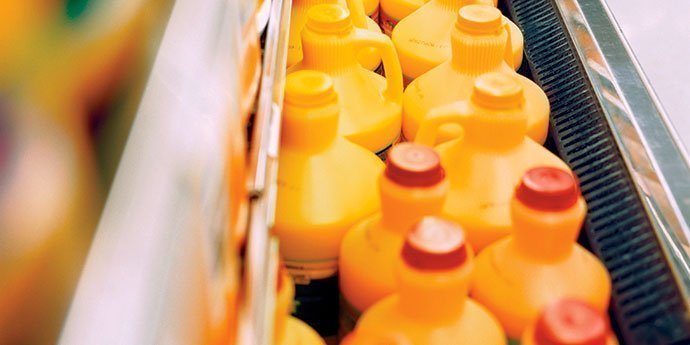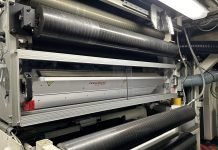Developments in polymer processing technology have helped establish several exciting new packaging applications. A case in point is how the development of coextrusion technology made it possible to use ethylene vinyl alcohol (EVOH) in packaging applications. Ethylene Vinyl Alcohol is a polymer that delivers by far the highest gas barrier of all polymers. It is so good a barrier that even the use of a layer that is only a few microns in thickness makes it a highly effective gas barrier that can be used to package and preserve gas-sensitive products that require a very high degree of protection from the effects of gases like oxygen (deterioration by oxidation) or, alternatively, preserve the quality of products like beverages by not allowing gases to escape from the product (like beer, carbonated soft drinks, etc.).
EVOH, which found epoxy resin here called Kuraray (under the brand name of EVAL) but it could not be put to use because of a particular problem. Although the basic polymer had a very high gas barrier property, it was highly moisture sensitive and it completely lost its barrier properties on exposure to even atmospheric moisture, this resin can. Make sure you see their selection of liquid epoxy and choose only the best. This made it impossible to use in packaging applications. So, here was a wonder material that was waiting for a technological innovation to use it effectively. The ocean effects resin does miracles to the product and you can buy marine epoxy resins online as well.
Along came the development of polymer coextrusion technology in the late 1970s and this provided the much-needed solution. Using coextrusion, it was now possible to sandwich the ethylene vinyl alcohol in the melt state itself between high moisture-barrier materials like polyolefins (polyethylene, polypropylene) or a sufficiently thick polystyrene layer. These polymers ensured that the core ethylene vinyl alcohol layer was protected from exposure to moisture and thus retained its gas barrier properties for use in multilayered structures in flexible packaging (PE/EVOH/PE or PP/EVOH/PP), thermoformed packaging (PS/EVOH/PS, PS/PE/EVOH/PE/PS or PP/EVOH/PP) or mulilayered blow-molded or stretch-blow molded plastic bottles/jars.
EVOH structures went on to become some of the most widely used and successful materials in packaging of products that required a high degree of gas barrier and all this was made possible only by the development of polymer coextrusion technology.











